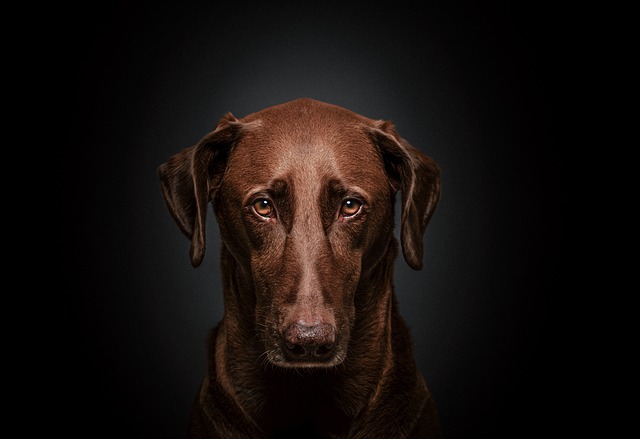
How to guide your dog to urinate and defecate outside?
Puppy pads scattered across the kitchen, a surprise pile behind the couch, the frantic scramble to clean before guests arrive—house-training struggles feel universal.
Watching your energetic Aussie ricochet off furniture isn’t chaos—it’s untapped agility potential. DIY dog agility training transforms your living space into a thrilling bonding experience without expensive gear, but it demands more than enthusiasm. Before repurposing dining chairs as hurdles, remember this non-negotiable: modern agility thrives on positive reinforcement techniques, not forced speed. Dragging a hesitant dog through tunnels or scolding missed jumps risks injuries and psychological harm—practices condemned by organizations like the American Kennel Club. Start where your dog feels confident, not where you demand perfection.
The magic lies in canine cognition. Dogs master complex sequences through "chaining"—breaking skills into micro-steps rewarded individually. Imagine teaching tunnel entry: first celebrate nose touches at the entrance, then one paw inside, gradually building to full runs. This taps into their natural curiosity while preventing overwhelm. Safety is paramount—puppies under 12 months should avoid jumps higher than their elbow to protect developing joints. Indoors, lay yoga mats over slippery floors; outdoors, avoid dew-slick grass that could cause dangerous slides.
Household items become agility gold. Try spacing water bottles 24 inches apart in your driveway for weaves. Guide your dog through with chicken bits in a zigzag motion, rewarding each successful pass. Create jumps with a broomstick resting on textbooks at ankle height—reward going under first to build comfort before raising the bar. A flattened cardboard box weighted with books makes a perfect starter tunnel. Teach "table pauses" on a sturdy footstool with non-skid pads, using cheese to reward stillness. City dwellers can adapt brilliantly: apartment hallways become weave courses, couch cushions turn into low-impact "step-on" targets, and balconies host focus drills.
Keep sessions lightning-short—under five minutes—and quit while tails wag furiously. If your dog hesitates, shrink the step. That cardboard tunnel intimidating? Reward for glancing at it, then sniffing. Progress celebrates patience, not perfection.
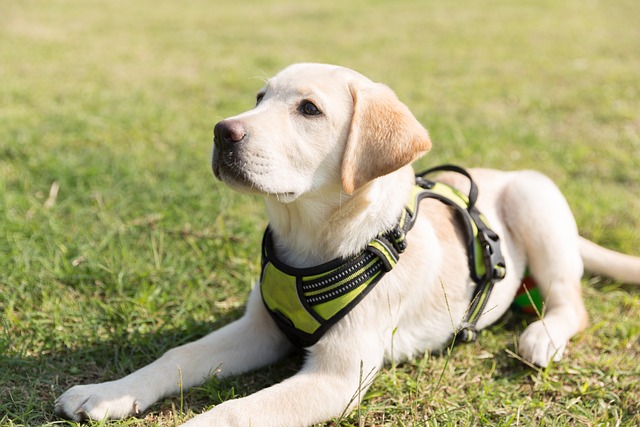
Beyond the fun, legal and social responsibilities anchor your training. Before practicing in shared spaces, confirm rabies vaccines are current—Virginia fines exceed $500 for lapses. Scoop poop immediately, even in your yard; Denver slaps $250 fines for "nuisance odors." Contain excited barks to daylight hours—after 9 PM drills in suburbs like Boulder risk noise complaints. If borrowing community lawns, leash between obstacles and steer clear of peak dog-walking hours.
True home agility foundations cost nothing but creativity. Those repurposed water bottles? Free. The real investment is reading your dog’s joy. When you prioritize their confidence over complexity, you’ll forge a partnership where every jump feels like flying—and your neighbors will admire the focus, not the frenzy.

Puppy pads scattered across the kitchen, a surprise pile behind the couch, the frantic scramble to clean before guests arrive—house-training struggles feel universal.

It’s a familiar morning scene for many new dog owners: you walk into the kitchen to find your pup’s nose buried in the trash can, cereal boxes torn open and banana peels scattered across the floor.
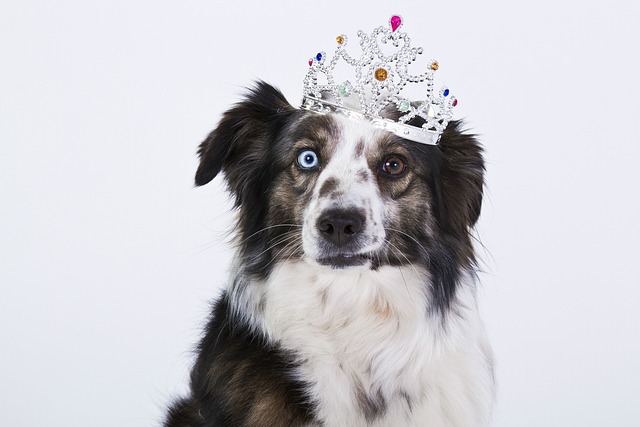
Watching a tiny Yorkie or Chihuahua dart toward the door instead of squatting on the rug feels like a win—but getting there takes time, and every pup moves at their own pace.
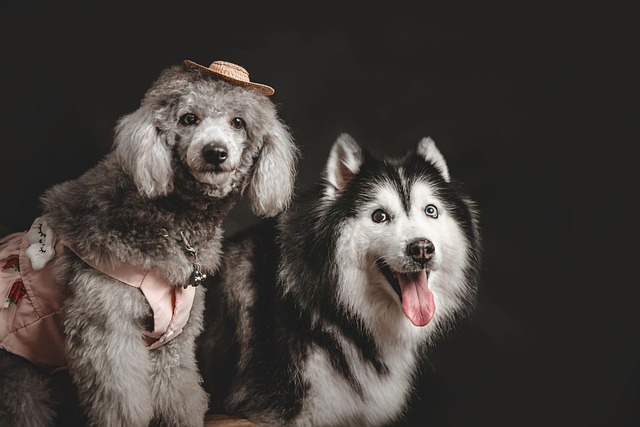
Puppies have tiny bladders, and when you live in an apartment with no yard or during harsh winters that make outdoor trips tricky, indoor potty training becomes a necessity.
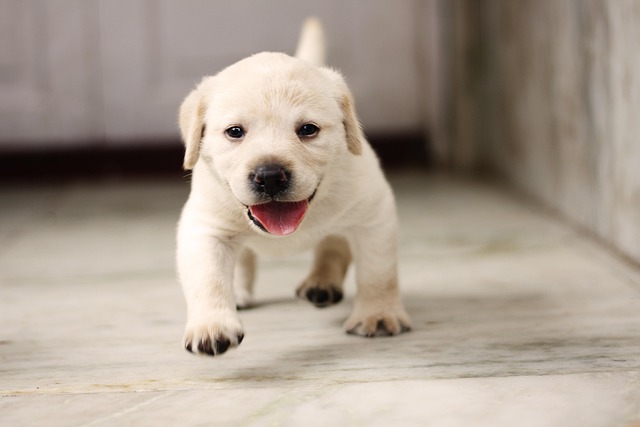
Many new dog parents see agility videos—dogs zipping through tunnels, leaping over hurdles—and think, “We could never do that at home.”
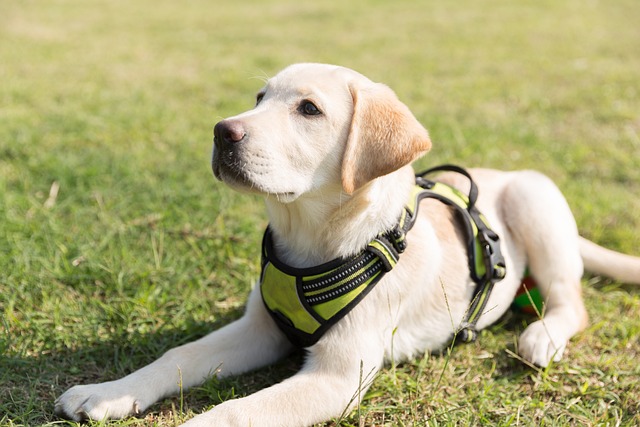
Ever called your dog in the park, only for Fido to pretend he’s suddenly deaf? Or struggled to get him off the sofa when guests arrive? You’re not alone.